
Winter Walker's Survival Guide: Tips for Beginners
While it can be tempting to stay inside during the winter months, wrapped up in cosy blankets with a hot drink in hand, unforgettable adventures guaranteed to curb a wintertime slump await those brave enough to embrace the chill! Heading out into the great outdoors on a long winter walk is not only a fantastic way to stay active, but also to enjoy the crisp air and take in breathtaking landscapes (especially if they’re dusted with snow!). That's not to say that winter walking doesn't come without its unique challenges though. Whether you're strolling through a local forest, navigating damp, icy or flooded paths, climbing a snow-covered hill, or exploring a frosty winter wonderland, it's crucial that you're fully prepared before setting off on your cold-weather adventure. With the right gear, safety tips and mindset, you can ensure that your winter walk is an enjoyable experience. So, if you're interested in learning more, read on to discover our top tips on all things winter walking...
Is it safe to walk during winter? Whether you're walking through the snow or climbing hills, brush up on essential safety tips for every winter walk!
Walking in winter can require a little more preparation than your average walks in milder temperatures. Before setting out, check the weather conditions, and if you notice any extreme temperature drops, strong winds or torrential rain, you might want to postpone your walk to be on the safe side. Even in less extreme conditions, icy trails aren't all too uncommon and it's important that you're ready to take on the challenges they (or even snow-covered paths if we’ve been lucky enough to enjoy a sprinkling) bring. Keeping steady on your feet is key to staying safe, meaning that you must ensure you wear appropriate footwear and bring the right equipment. Depending on the severity of the conditions you’re confronted with, you’ll want to be equipped with winter boots or high-rise walking boots, and perhaps even crampons and walking poles. Crampons will come in super-handy when it comes to tackling icy or packed snow, digging into the surface to keep you steady. Meanwhile, walking poles act as an extra pair of hands, helping you maintain balance and providing crucial support on tricky, uneven paths. In winter, it’s particularly essential to stick to well-marked paths and to let someone know your route before you head out. And, to err on the side of caution, we suggest carrying a small survival kit (with essentials including a whistle, torch, plasters etc.) in your backpack, in case of an emergency. If you're walking somewhere new and don't feel at ease with the route, why not pack a map or a GPS device too? By planning ahead and staying aware, as well as being conscious of reduced daylight hours and early nightfall, your winter walk is sure to be a more protected, comfortable and enjoyable experience.
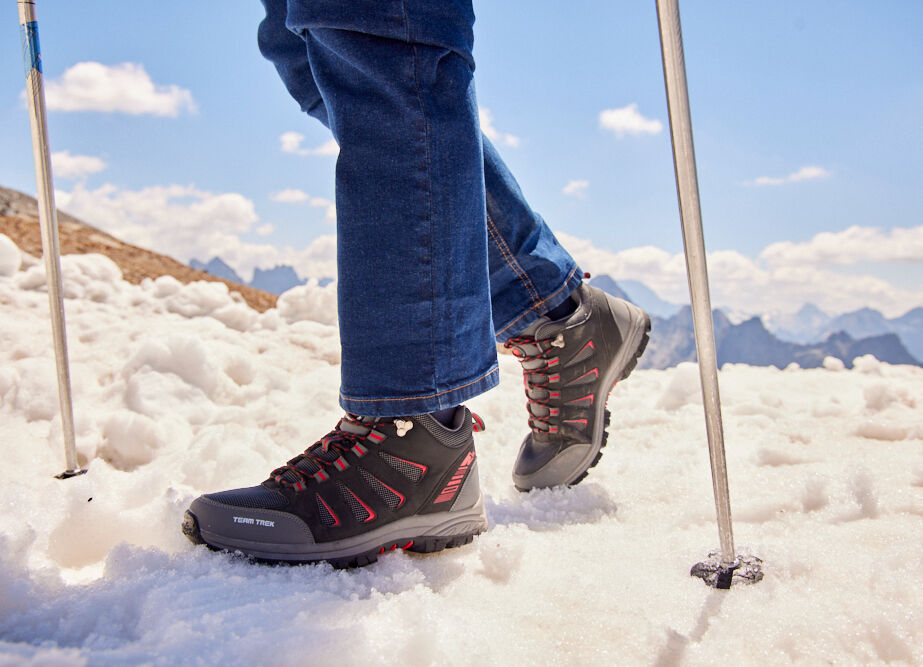

Wondering what to wear on your walk? From coats, boots, trousers, waterproof jackets and more, discover how to stay warm and dry on your winter walk
So, now that we've established safety precautions, what about choosing what to wear? Staying warm and dry is the number one rule of winter walking. We strongly suggest layering your clothes for the best results. Start with a base layer that absorbs moisture and helps you stay dry, followed by a thin fleece for insulation. Finish with a water-repellent outer layer such as a winter jacket or parka, and add a neck warmer to protect against cold winds. For more in-depth advice on layering your clothes, why not check out our 3-Layer System Guide? When it comes to your lower half, thermal leggings under walking trousers work well, and for extra protection, consider wearing waterproof trousers over the top.
As previously mentioned, footwear is just as crucial. You're going to want to ensure that your winter boots provide a good grip, in order to reduce the risk of slipping on icy or snowy paths. We recommend selecting a water-repellent pair to keep your feet dry and cosy. If you're looking for advice on what walking boots to wear, we suggest checking out our guide to choosing the best pair. Thick socks are a winter walking essential too, guaranteeing increased insulation which will enable you to comfortably adventure for longer periods! In terms of accessories, it will come as no surprise that we suggest wearing warm gloves and a hat. And, if it’s a crisp day with beautiful blue skies or if you're going to be walking in the snow, sunglasses can help protect your eyes from glare. Shades are just as handy for more casual strolls later in the day too, with the sun lower in the sky in the late afternoon! Dress wisely, and you'll be ready to take on any winter walking challenge!
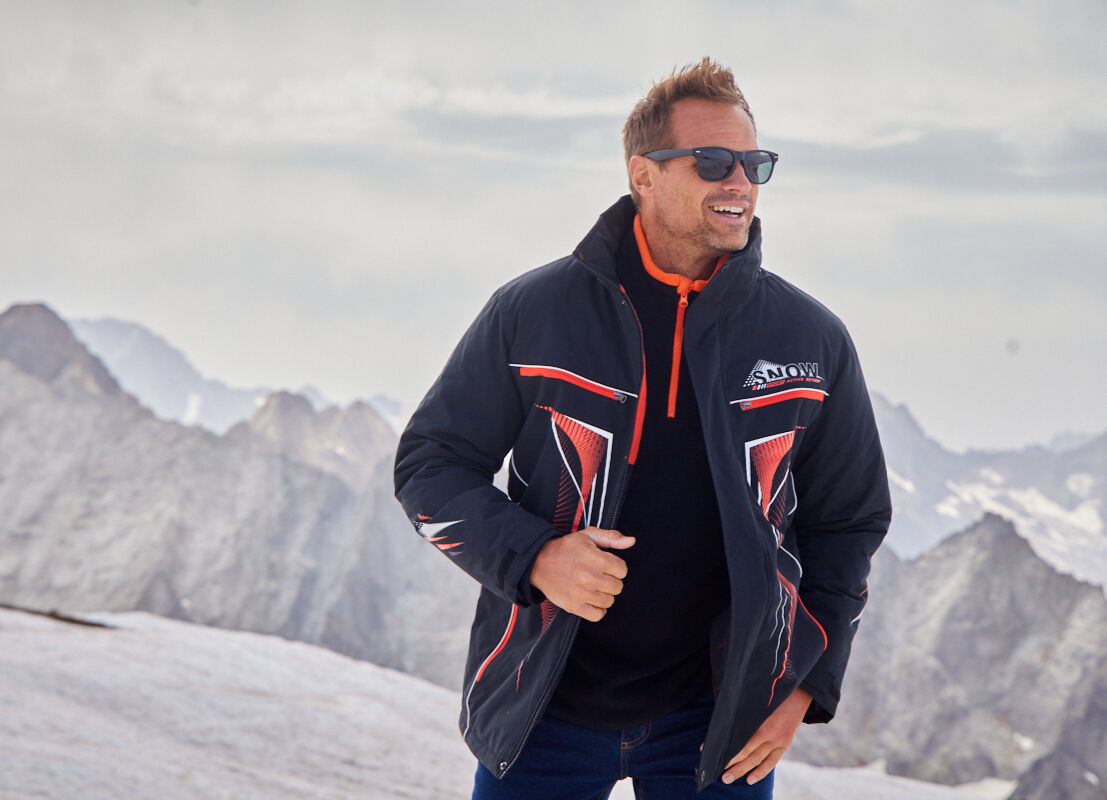
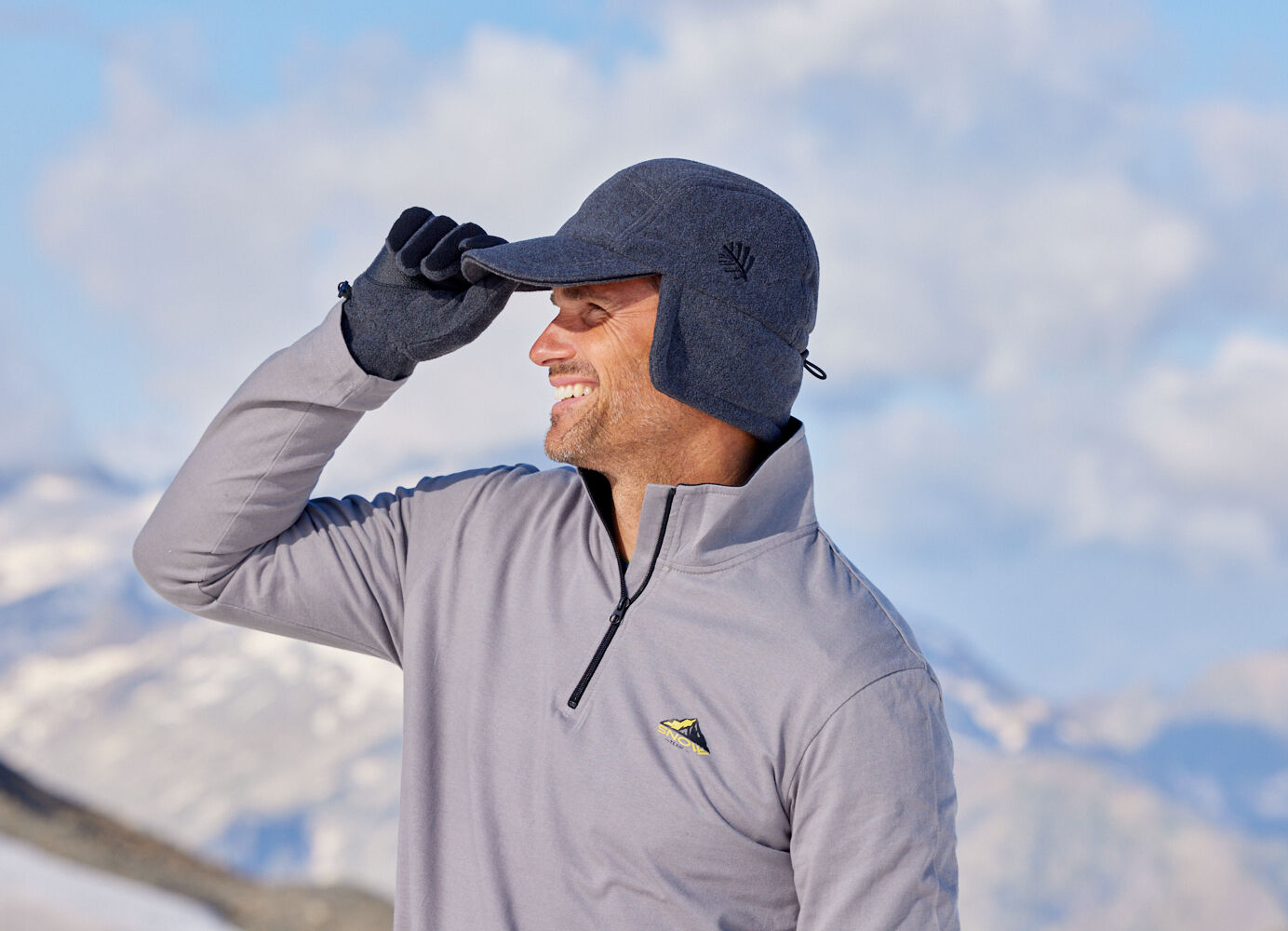
Make sure you bring the correct equipment for keeping fuelled and energised on your walk
Winter walking burns more energy than you might think! Your body works hard to stay warm, plus walking in more hazardous conditions (wading through mud, stepping it out across snow or striding against strong winds) demands extra effort, taking a more intensive physical toll. Packing the right fuel for your body is therefore essential. Bring high-energy snacks such as nuts, dried fruit or granola bars to keep you going. A hot drink in a thermal flask is a good idea to help you stay warm and quench your thirst too. Trust us, a little pit-stop to warm up mid-journey will reinvigorate you, and a warm cuppa surrounded by nature may be one of the most rewarding moments of your entire excursion. Speaking of hydration, contrary to popular belief, it's just as important in winter as it is in summer, but cold temperatures can trick you into drinking less. In addition to a flask, carry a water bottle and make sure to drink from it at regular intervals throughout your walk. If it’s so chilly that you're worried about your water freezing, you could always keep it in an insulated bottle. Not only do you have to fuel and hydrate your body, but also tend to any issues that may arise with dropping temperatures. We suggest adding hand warmers to your survival kit. They're perfect for placing inside your gloves when your fingers start to feel a little frosty!

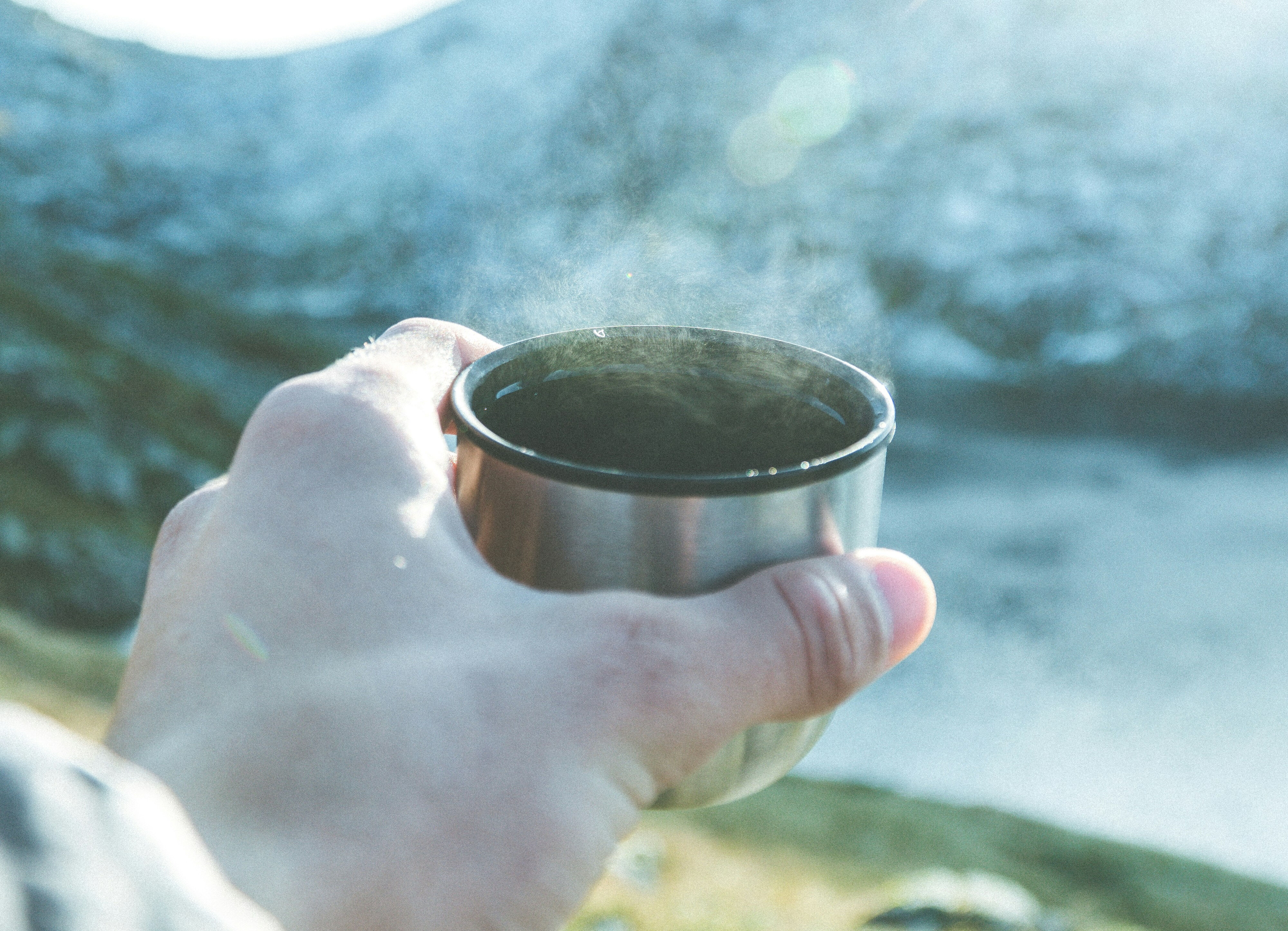
If you’re a beginner, don’t overdo it! Ease into winter walking for a more comfortable experience
For those new to winter walking, the key is to embrace the season without overdoing it. Cold temperatures and difficult terrain can often make distances feel longer, so plan a route that is realistic. We also suggest scheduling in a break midway though your walk. Whether it’s a cosy café or a traditional pub with a roaring fire, give yourself time to warm up and recharge before tackling the rest of your route. And, if a particular route seems a bit too much, why not drive or take public transport to a starting point, reducing your exposure to the cold? Not only will it make your walk more manageable, but you’ll be able to enjoy winter’s scenery from the warmth and comfort of your car, the bus or train. Another thing for beginners to keep in mind is winter’s early sunsets. It’s important to time your walk carefully, making sure to finish well before darkness falls, as temperatures are likely to drop, and navigation will become trickier.
Enjoy the journey and appreciate beautiful walks this winter, whether near home or on your holidays!
Winter walks aren’t just about exercise. They’re also about stepping out and immersing yourself in the season’s beauty. Be it misty mornings, the bright blue winter sky or snow-covered hills in the thick of winter, the UK can be a true winter wonderland. Plus, one of winter’s perks is being able to witness a breathtaking sunrise without needing to wake up too early. With the sun rising later in the morning, it’s the perfect opportunity to set off at a reasonable hour and still catch the sky painted in pretty shades of pink! Whether you're exploring winter walks near home or venturing further afield, take the time to look around and enjoy your surroundings, feel the fresh winter air on your face and take deep breaths. You can also use your winter walk as a chance to launch yourself into a new hobby or find some respite. If you want to capture the moment, why not bring a camera (or use your phone's camera) to photograph winter’s stunning landscapes? If you've planned a long walk, it may be the perfect time to plug into your favourite podcast or audio book. If you prefer having company, you could also find a local walking group to meet new people, or embark on an adventure with a close friend of family member for some quality time! Whatever way you choose to enjoy it, walking is the perfect way to relax, clear your mind and appreciate the true magic of the turning seasons.
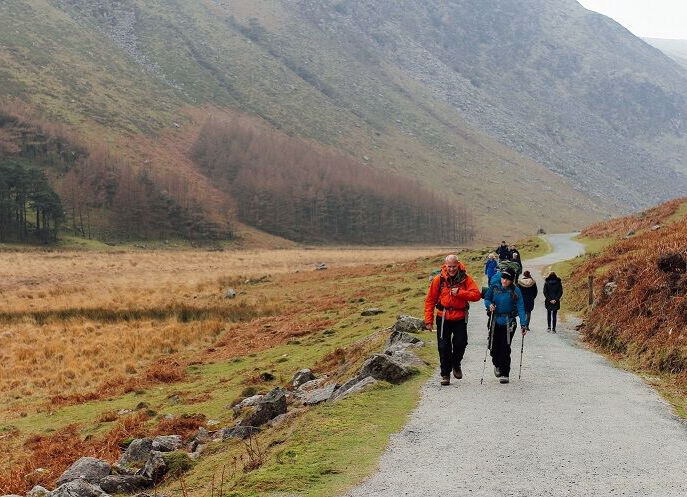

All that's left to do is grab your map and get walking!
So, there’s nothing more for it than to get your gear ready, embrace the low temperatures, and enjoy some adventure! Just make sure to properly plan your route, check the weather and dress appropriately. Go on – grab your map, put on your winter boots, and head out. Your winter walk is waiting!